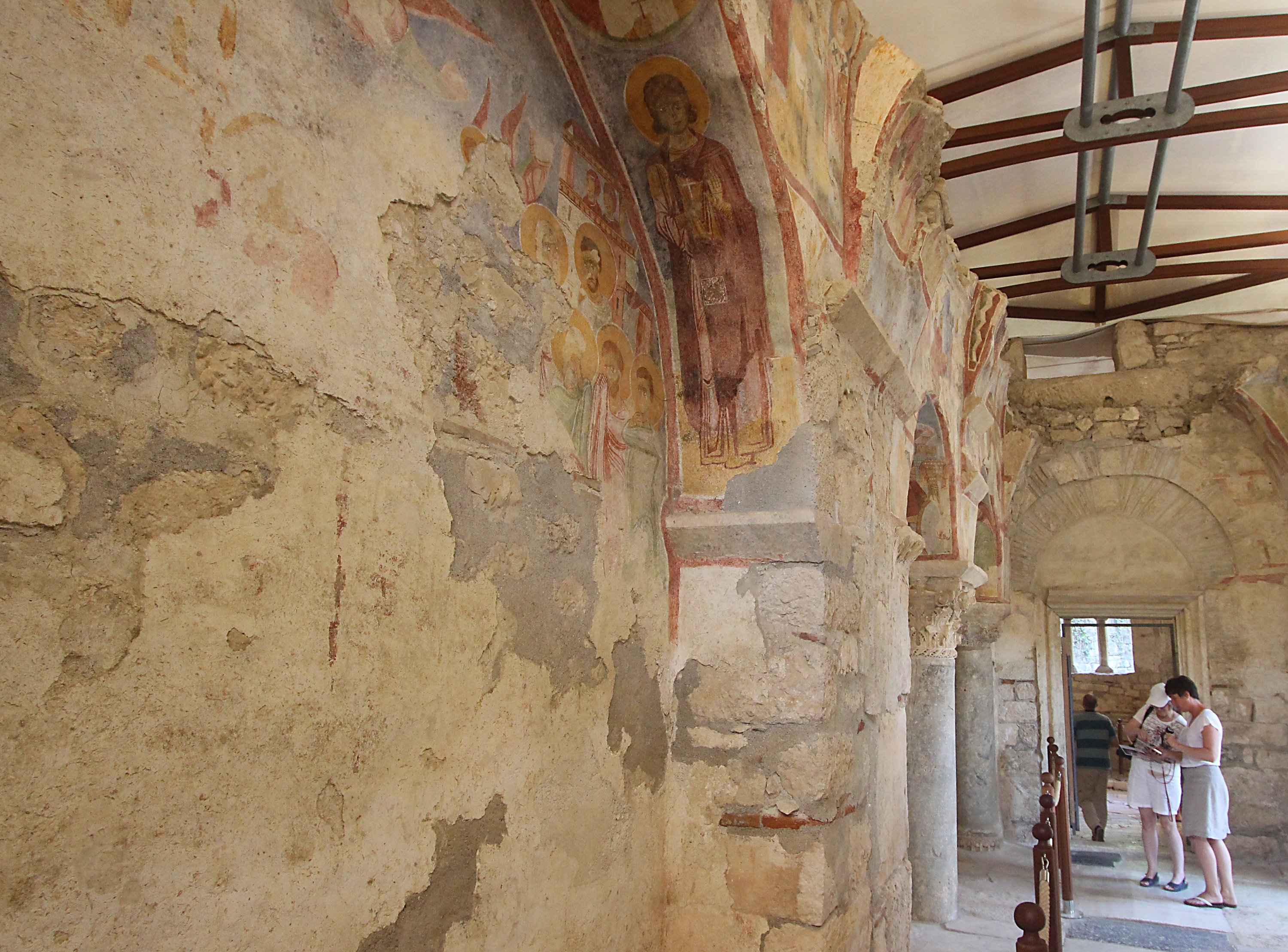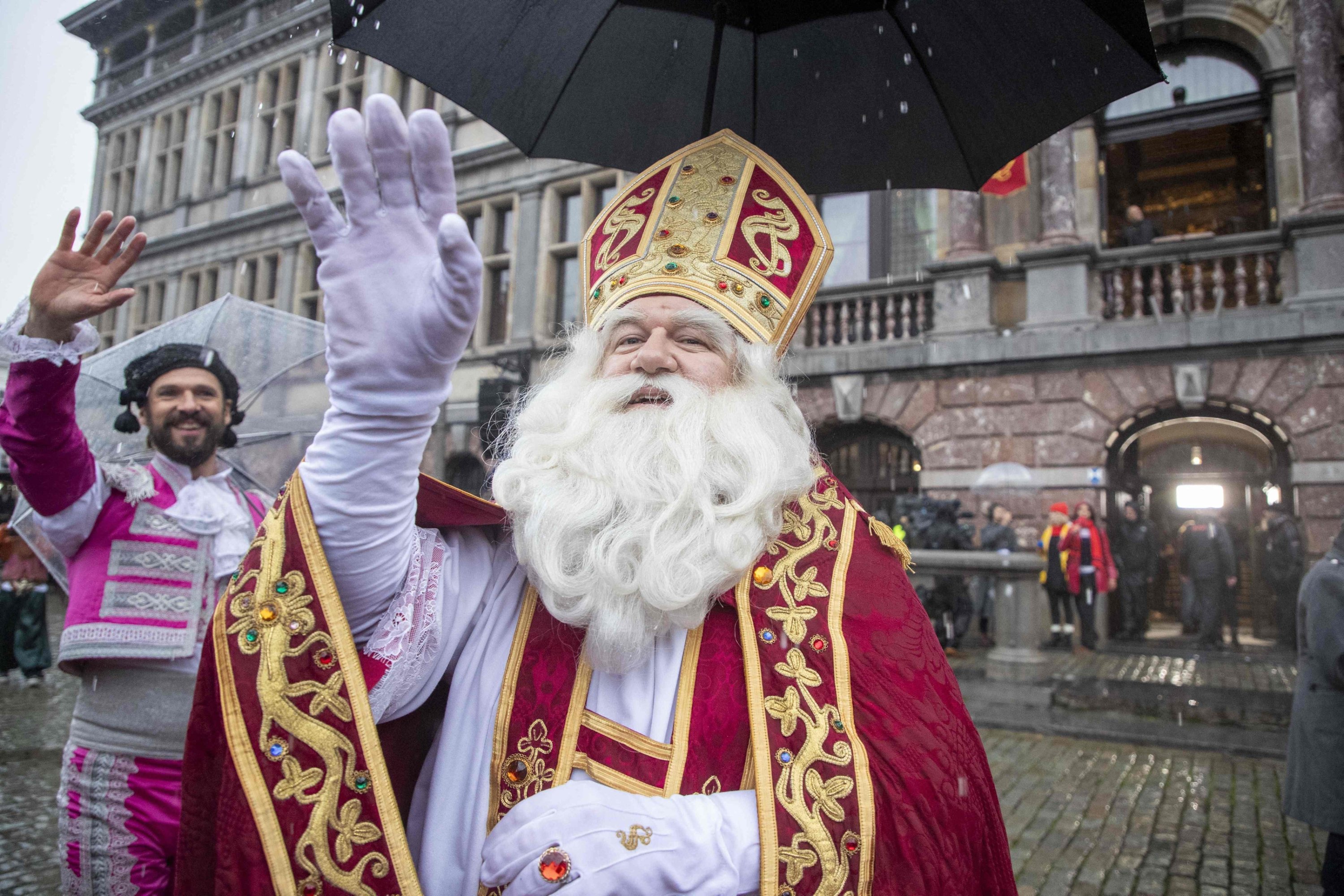© Turkuvaz Haberleşme ve Yayıncılık 2025
Saint Nicholas, the original inspiration for the modern Santa Claus, hailed from the ancient city of Patara in what is now Türkiye during the A.D. third century. He gained renown for his benevolent deeds and acts of generosity.
The legends surrounding jolly old St. Nicholas – celebrated annually on Dec. 6 – go beyond delivering candy and toys to children.
St. Nicholas was a fourth-century Christian bishop from the Mediterranean port city of Myra (in modern-day Türkiye).
“Much of the rest is legend. There’s not really a lot of hard historical evidence about St. Nicholas,” said the Reverend Nicholas Ayo, author of “Saint Nicholas in America: Christmas Holy Day and Holiday.”
But whether the stories are true is not so much the point, said Ayo, an 89-year-old retired Notre Dame University professor named after St. Nicholas.
“There’s no Santa Claus that lands on the roof, but there’s a desire in people’s hearts for an unconditional love that doesn’t depend on your behavior, but the fact that you’re somebody’s child.”

Devotion to St. Nicholas – also referred to as St. Nick – spread during the Middle Ages across Europe. He became a favorite subject for medieval artists and liturgical plays, according to the Encyclopedia Britannica. He is the patron saint of Greece and Russia, Moscow and New York, as well as charities, children and pawnbrokers.
He also is the patron saint of sailors. In 1807, Italian sailors took the remains of St. Nicholas from Myra to the seaport of Bari on the southeast coast of the boot of Italy. They built a church in his honor; relics believed to be his are kept in the Bari’s 11th-century basilica of San Nicola.
St. Nicholas Day is celebrated every year on Dec. 6, typically by filling the stockings and shoes children leave out overnight with sweets and toys. It also is a fitting date for the patron saint of sailors.
“The December feast day of Saint Nicholas coincides with the beginning of the winter storm season on the Mediterranean,” Ayo writes.

Legends surrounding St. Nicholas’ generosity appear in texts ranging from medieval manuscripts to modern-day poems, including how he interceded on behalf of wrongly condemned prisoners and miraculously saved sailors from storms.
One of the most famous legends, Ayo said, features the aging father of three young women who didn’t have the means to pay for their dowry. St. Nicholas is said to have thrown gold pieces into the man’s window.
“It is the quintessential Nicholas,” Ayo writes. “It requires no miracle, no credulity from the hearer, and no superstition at any level. What is needed is only a generous heart ready to give of his wealth in a self-effacing way that others may come to know a deep love in their life.”
Devotion to St. Nicholas seems to have faded after the 16th-century Protestant Reformation, except in the Netherlands, where his legend remained as Sinterklaas. In the 17th century, Dutch Protestants who settled in New York brought the Sinterklaas tradition with them.

“The Dutch had St. Nicholas on the bow of the first ship that went into New York harbor,” Ayo said. Eventually, St. Nicholas morphed into the secular Santa Claus.
Artist Thomas Nast, an engraver in Morristown, New Jersey, who illustrated the front cover of Harper’s magazine for many years, played a key role in the transformation, Ayo said.
“He followed the description of Santa Claus or Saint Nicholas – and Clement Clarke Moore’s “Twas the Night Before Christmas’ poem,” Ayo says. “So, that’s how that got changed. But in Europe, the bishop shows up in bishop’s clothing at the door sometimes.”
